
The month in neuroscience - February 2017
In the second of our monthly articles collecting the best neuroscience news from around the world you can learn more about: why we sleep, why your right (or left) handed, and how your brain helps you behave, among other stories.
1. Completely 'locked-in' patients can communicate
A brain-computer interface has been developed to read the thoughts of ‘locked-in’ patients who have no other way to communicate, enabling them to answer basic yes-or-no questions.
Interested: Yes or No?
2. UW sleep research high-resolution images show how the brain resets during sleep
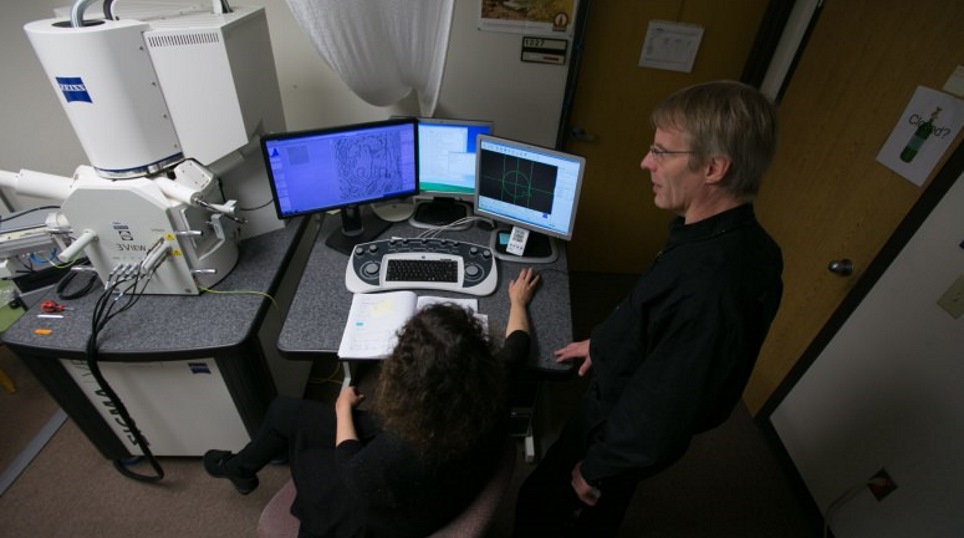 Credit: University of Wisconsin-Madison
Credit: University of Wisconsin-Madison
A four-year research project, whose findings are published in this month’s Science shows the first direct visual evidence of the “synaptic homoeostasis hypothesis” (or SHY) for sleep. This theory states that sleep is the necessary cost of having plastic brains that can keep learning new things.
Don’t be SHY? Dig deeper
3. Precise inactivation of neural messenger receptor wipes out fear memory in mice
A collaboration of researchers from multiple Japanese institutions has developed a technique that uses light to induce a burst of destructive oxygen, temporarily inactivating receptors of neurotransmitters to interrogate their function. The method was used to destroy fear memories in mice.
Learn about the new technique
4. With mini-vessels, mini-brains expand research potential
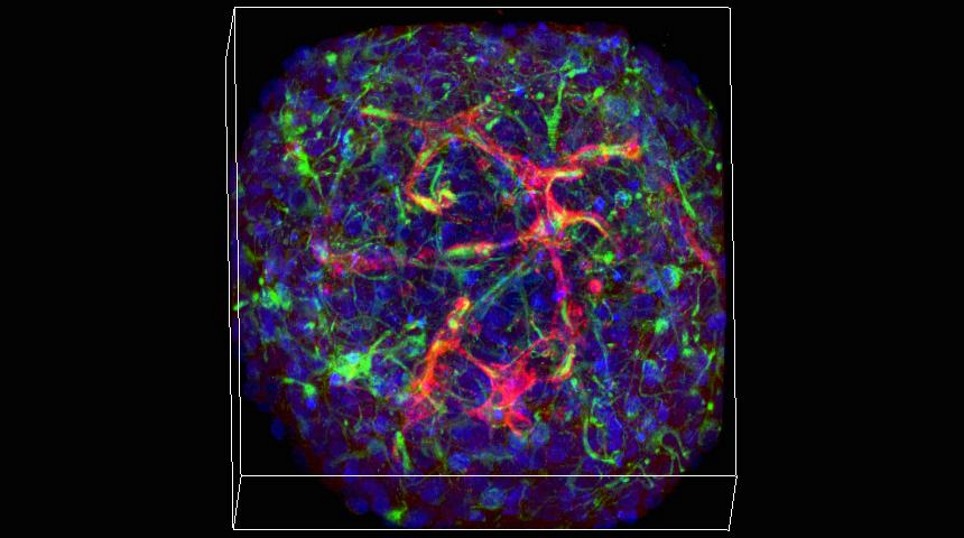 Credit: Hoffman-Kim Lab/Brown University
Credit: Hoffman-Kim Lab/Brown University
A new study shows that mini-brains, a bundle of neurons that can mimic the fundamental properties of living brains, produce networks of capillaries, making them viable for research on circulation-related brain disorders like a stroke.
Expand your knowledge
5. New, ultra-flexible probes form reliable, scar-free integration with the brain
One of the problems with conventional probes is their size and stiffness which often damage the tissues they encompass. In the US, scientists have developed a nanoelectronic thread (NET) which can act as brain probe which enables reliable, Long-term neural recordings.
Probe deeper
6. The reasons for our left or right-handedness
Is the underlying cause of why some people are left-handed and others right-handed lie within our brain? Apparently not, say researchers from the Netherlands. Scientists from Ruhr Universität Bochum that gene activity in the spinal cord is asymmetrical during embryological development. Your preference for left or right-handedness may begin during this time.
Left click for more
7. Behave yourself: Let your prefrontal cortex control your instincts
Being able to inhibit certain behaviours is an important aspect of the lives of a variety of social animals including humans, allowing us to maintain a functioning society.
Scientists have identified neurons in the medial prefrontal cortex (mPFC) that project to the brainstem to prevent social animals from acting on impulsive instincts in certain contexts.
DO NOT CLICK HERE
8. An alternative to opioids? Compound from marine snail is potent pain reliever
According to the CDC, 91 Americans die every day from an opioid overdose, yet they are still the most popular pain relievers for serious injuries or severe, chronic pain in many places.
A tiny marine cone snail produces a venomous compound that in the right doses may offer an alternative form of pain relief that doesn’t use the opioid pathway to work.
Click here for effective pain relief
9. Humans are hard-wired to follow the path of least resistance
Feeling lazy? Don’t feel too bad. It turns out that humans are built that way. A UCL study found that the amount of effort required to do something influences what we think we see, suggesting we are biased towards perceiving anything challenging to be less appealing.
Less resistance this way
10. Tiny fibres open new windows into the brain
A single flexible fibre, developed at MIT, has – for the first time – delivered optical, chemical, and electrical inputs and outputs to and from the brain. This new tool could enable researchers to dramatically improve the way they learn about the functions and connections of the brain.
Pick up the thread
Please send any neuroscience news, comments, alternative pain-relief, or tips for impulse inhibitions and laziness to [email protected].

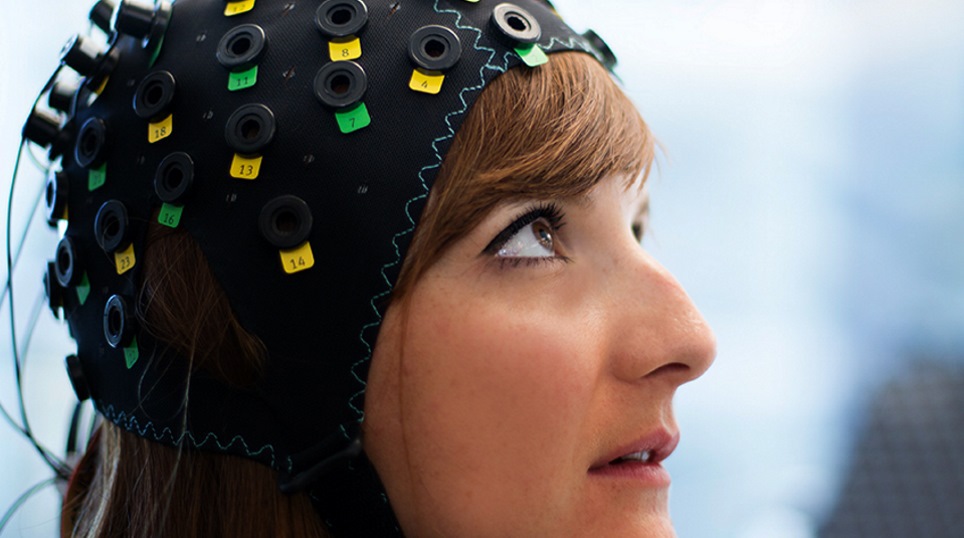
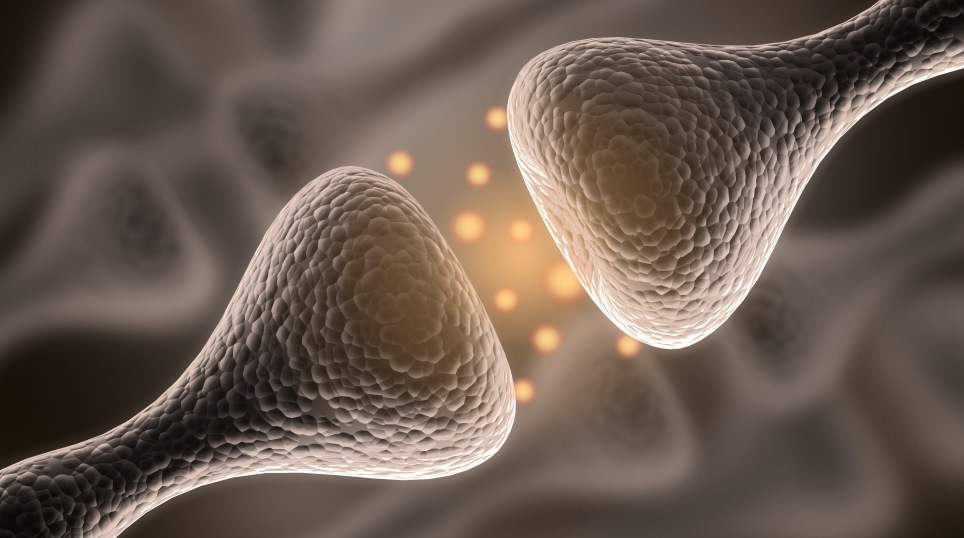
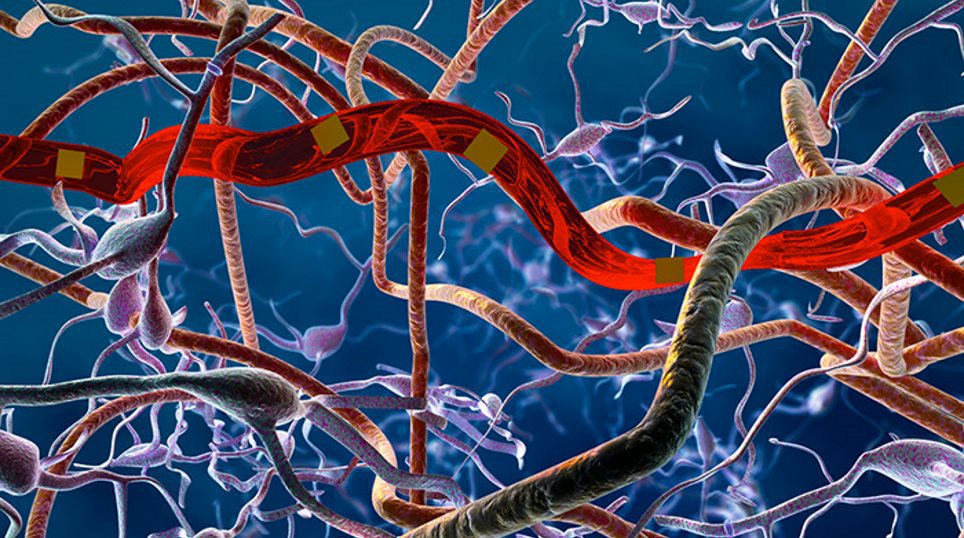

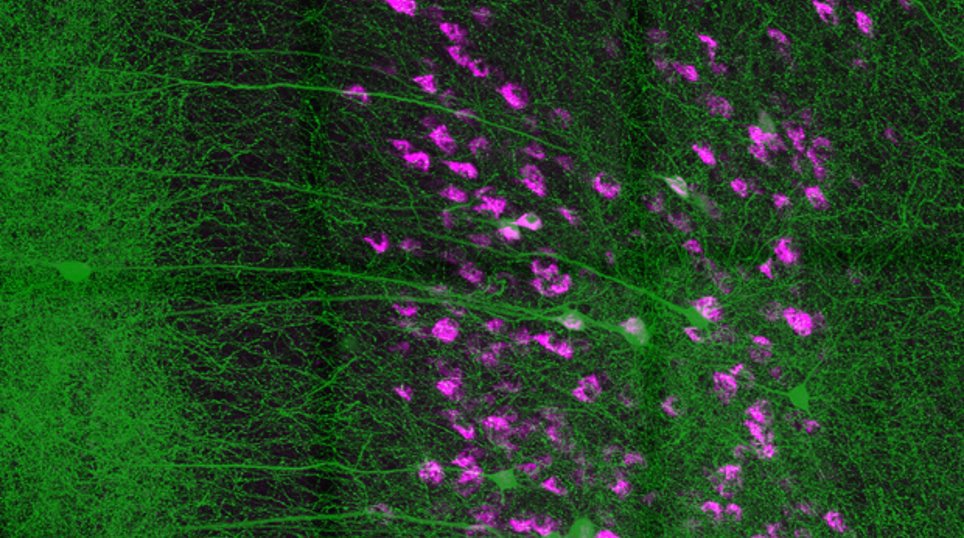
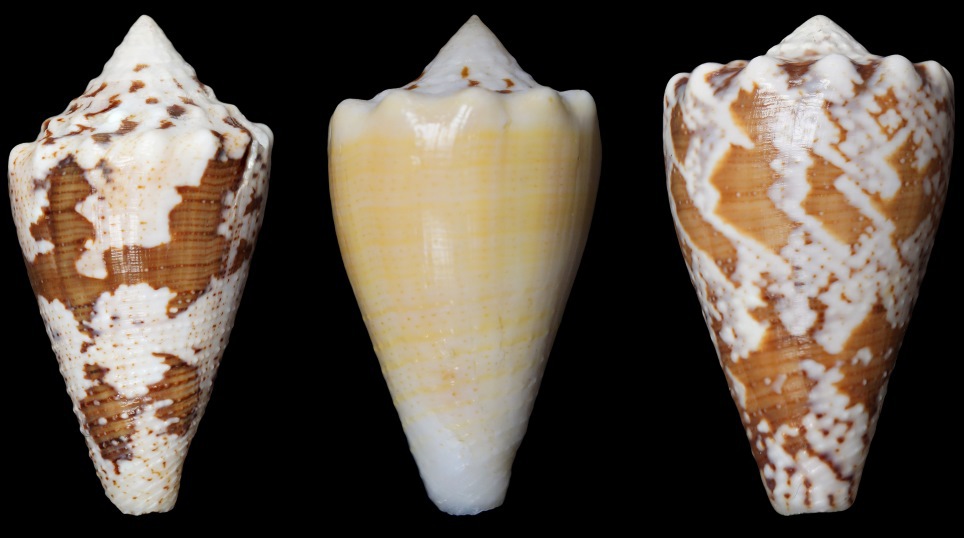
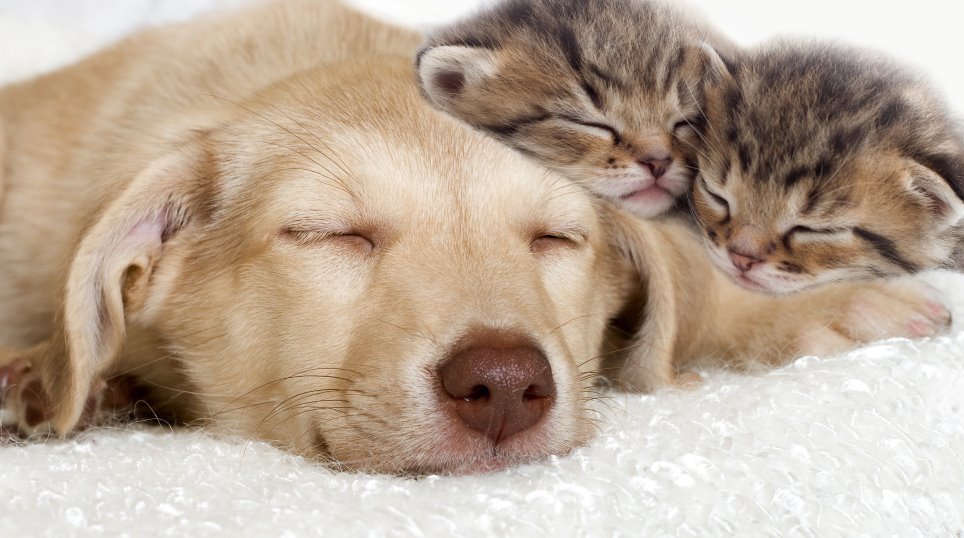
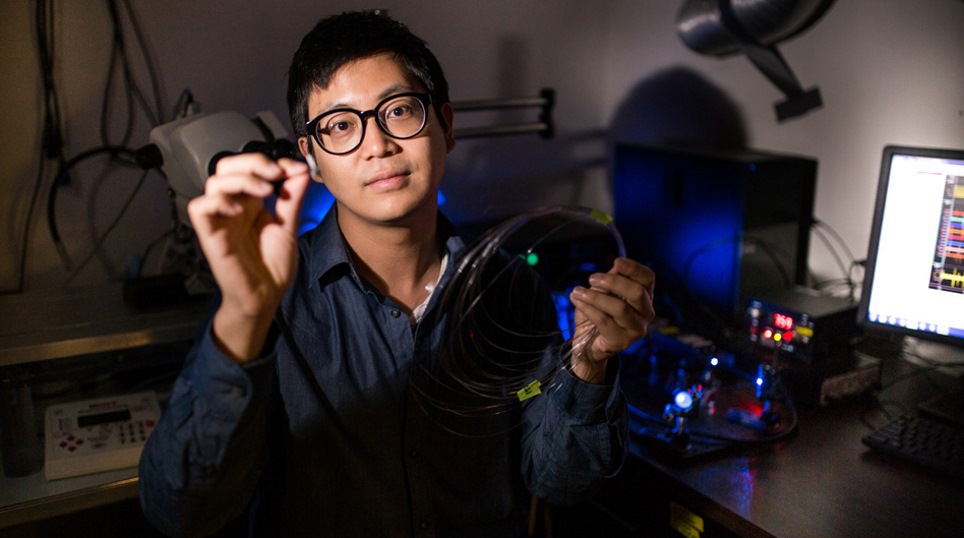
)